Table of Content
Housing sales in India’s top 15 tier-2 cities recorded a mixed trend in Q3 2025, with overall unit sales falling 4% year-on-year to 39,201 units, even as the total sales value rose 4% to ₹37,409 crore, according to new data released by real estate analytics firm PropEquity.
The contrasting movement indicates a shift towards higher-value housing, as buyers increasingly opt for premium and spacious homes despite a slowdown in volumes. The report also highlighted a 10% YoY drop in new supply, with launches falling to 28,721 units during the quarter.
YoY Performance: Sales Decline, Value Rises
Sales Volume Trends
According to the data, housing sales in India’s tier-2 markets fell to 39,201 units in Q3 2025, marking a 4% YoY decline. This is accompanied by a 10% drop in new supply, which naturally tightened available inventory and influenced demand patterns. With fewer affordable and mid-income launches entering the market, many buyers postponed decisions or shifted to alternative micro-markets.
Sales Value Trends
Interestingly, even with fewer units sold, the total sales value increased by 4% YoY to ₹37,409 crore. This clearly suggests that buyers who are purchasing today are choosing higher-ticket homes. Rising input costs, changing lifestyle expectations, and a growing preference for premium living spaces are all contributing to this shift. In simple terms: housing sales in India may be moderating in volume, but the value story remains strong.
Also Read: India Enters Top 10 Global Branded Residence Market as Supply Nears 910 in 2025
City-Wise Performance: Markets That Declined and Markets That Grew
Cities with Declining Sales
Eight out of the top 15 tier-2 cities saw a YoY decline in housing activity. The sharpest fall was recorded in Bhubaneshwar, where sales dipped by a significant 26%. Other cities that saw a slowdown include:
- Ahmedabad
- Surat
- Vadodara
- Nashik
- Nagpur
- Coimbatore
- Kochi
This decline reflects a combination of reduced supply, cautious buyer sentiment, and price-led resistance in select pockets. From my perspective, these markets are experiencing a temporary cooling after a period of high growth over the last few years.
Cities with Rising Sales
On the positive side, several tier-2 cities showed strong momentum. Trivandrum led the charts with a 19% YoY rise in sales—an impressive jump supported by new job opportunities and infrastructure expansion. Other cities that saw healthy growth include:
- Gandhinagar
- Jaipur
- Mohali
- Lucknow
- Bhopal
- Goa
Better connectivity, new industrial clusters, and a surge in branded residential projects have played a crucial role in boosting sales here.
Top Market by Volume
Despite a marginal decline, Ahmedabad remains the top-performing tier-2 city in both sales volumes and new launches. It continues to dominate the western region, supported by strong investor sentiment and steady end-user demand.
Expert Insight
PropEquity’s Founder & CEO, Samir Jasuja, highlighted the key challenges clearly: rising construction costs and evolving consumer expectations are driving developers away from affordable and mid-income launches. At the same time, he emphasised that tier-2 cities continue to fuel India’s growth story with better employment opportunities and infrastructure upgrades.
From my perspective, his analysis aligns with the ongoing transition—buyers today want better amenities, larger spaces, and higher-quality projects, even if that means fewer homes being sold.
Quarter-on-Quarter Comparison (QoQ)
The QoQ numbers reflect a mild correction phase:
- Sales down 3%
- Sales value down 1%
- Launches down sharply by 26%
This suggests that while broad demand remains stable, developers are cautious about new launches, particularly in mid-income segments.
Region-Wise Breakdown
Western India
Cities: Ahmedabad, Surat, Gandhinagar, Vadodara, Nashik, Nagpur, Goa
- Sales declined 6% YoY and 4% QoQ
- Accounted for 76% of total sales across all tier-2 markets
Despite short-term dips, this region continues to dominate housing sales in India due to strong economic activity and deep-rooted investor presence.
Northern India
Cities: Lucknow, Mohali, Jaipur
- Sales rose 16% YoY and 7% QoQ
Northern markets are benefiting from metro expansion, expressways, and a shift of capital from larger metros to high-growth tier-2 hubs.
Southern India
Cities: Coimbatore, Trivandrum, Kochi
- 7% YoY decline but 3% QoQ rise
Demand in southern markets remains stable, with Trivandrum emerging as the clear outperformer.
Central & Eastern India
Cities: Bhopal, Bhubaneshwar
- Sales dropped 14% YoY and 13% QoQ
Here, limited new supply and price-led uncertainty continue to influence market behaviour.
Also Read: India’s Realty Leaders Clock ₹92,500 Cr Property Sales in H1 2026, Prestige Leads Growth
Shift Toward Premium Housing
Commenting on the findings, Samir Jasuja, Founder and CEO of PropEquity, said the steady drop in new launches, particularly in the affordable and mid-income segments, is reshaping demand trends. “Rising input costs and evolving consumer aspirations have pushed home prices higher and increased the preference for larger, premium homes,” he noted.
He added that tier-2 cities continue to emerge as strong growth engines supported by expanding employment, improving infrastructure, and wider connectivity.
Conclusion
The Q3 2025 trends show a mixed but meaningful shift in housing sales in India. While unit sales dipped by 4% YoY, the 4% rise in sales value indicates that demand for high-quality, premium homes remains robust in tier-2 cities. As these markets evolve with better infrastructure and stronger economic fundamentals, they will continue to drive India’s housing growth in the coming years.

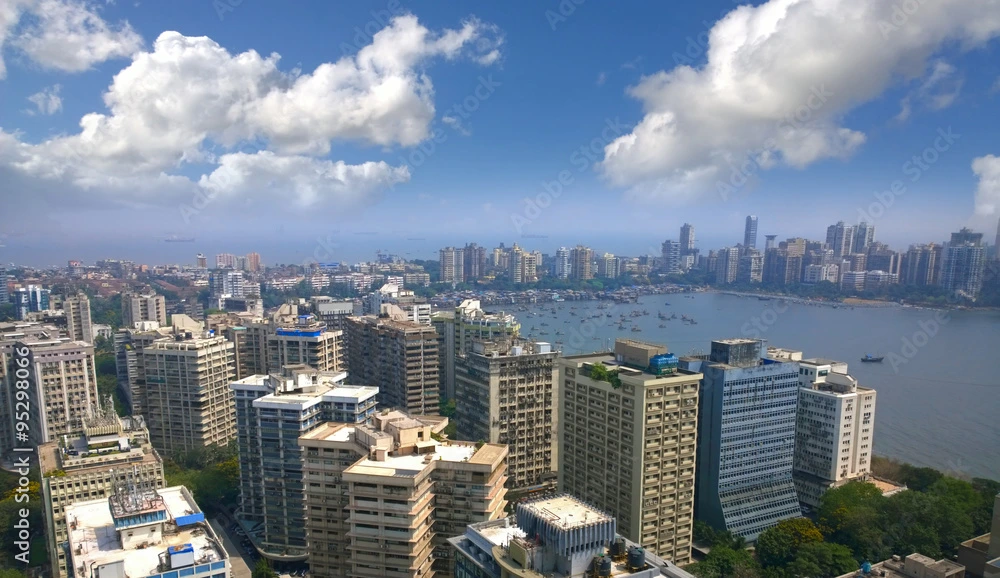
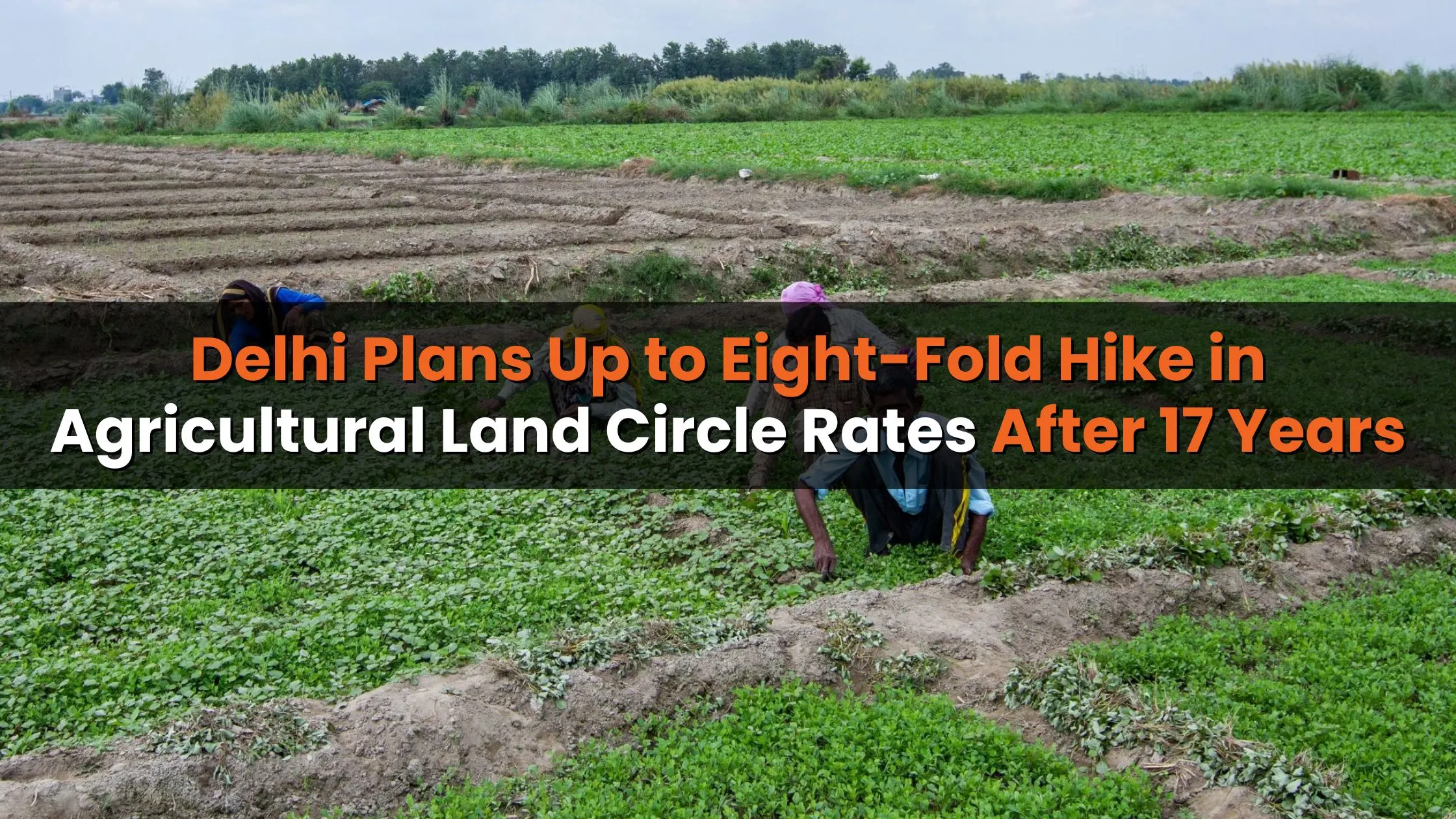
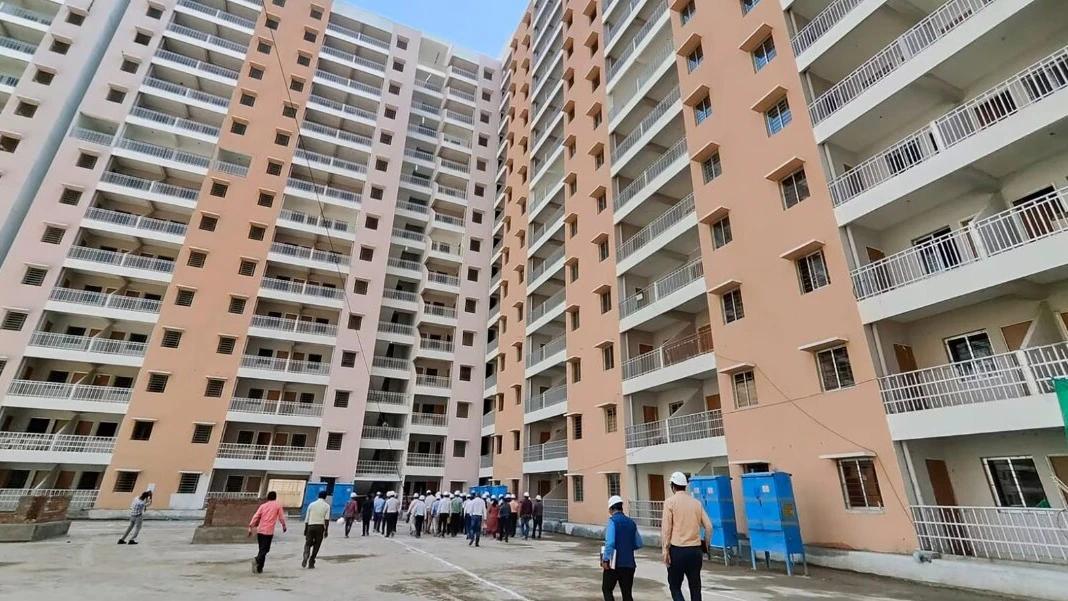
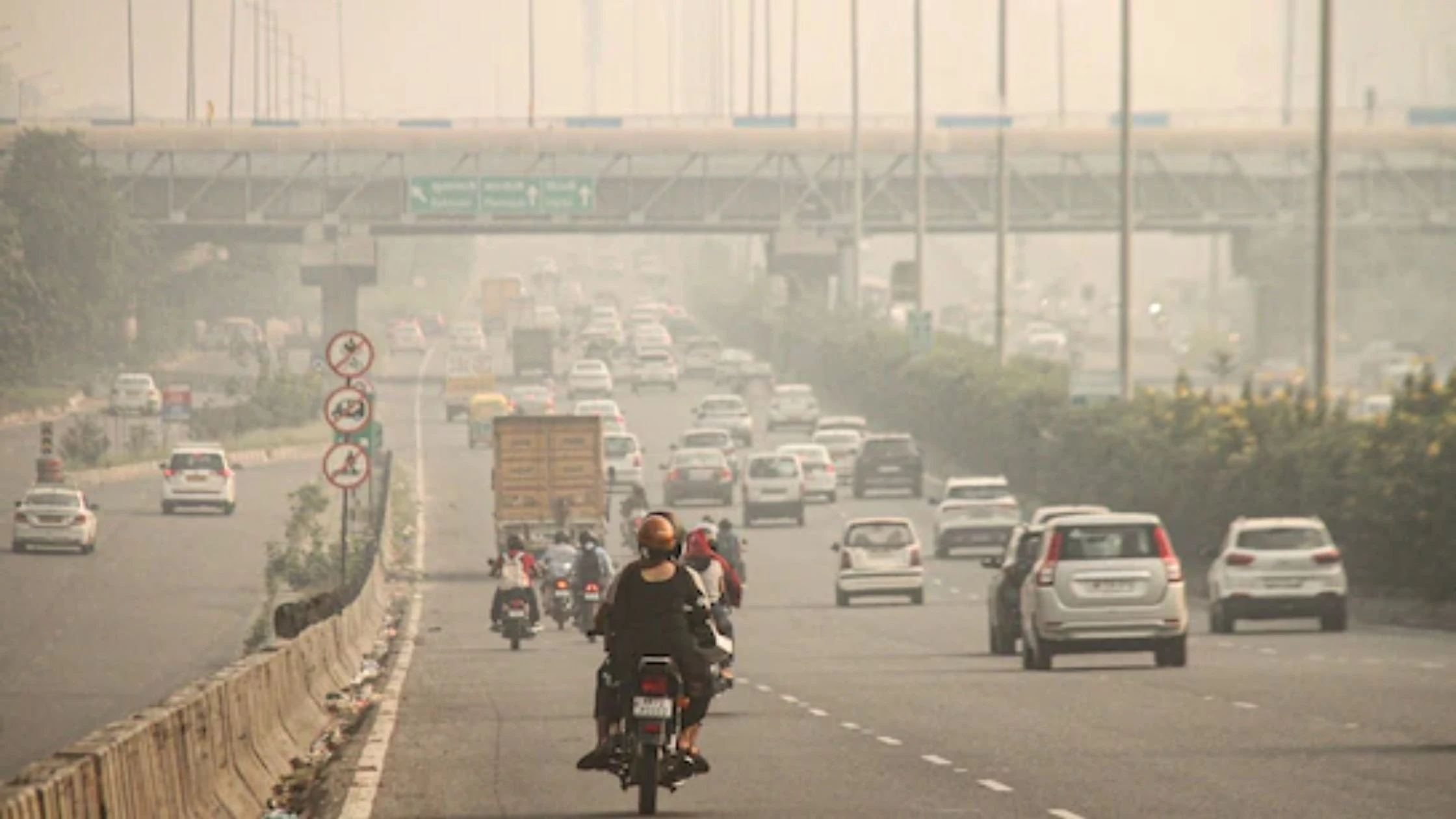
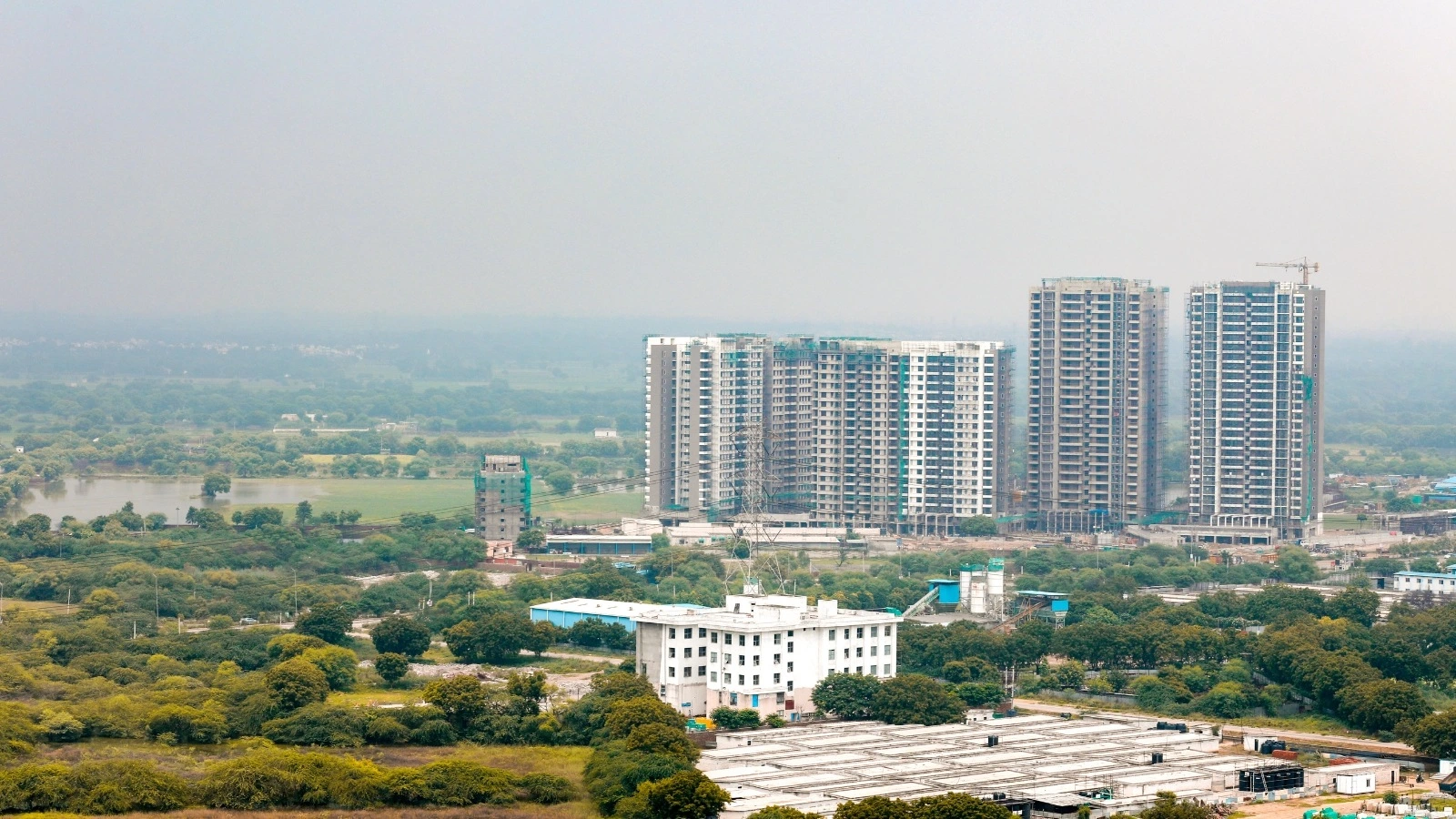


_1766133697.webp)
Ans 1. Housing sales in India’s top 15 tier-2 cities fell 4% year-on-year to 39,201 units in Q3 2025.
Ans 2. The total sales value rose 4% to ₹37,409 crore as buyers increasingly opted for higher-value, premium, and spacious homes, reflecting a shift toward luxury housing.
Ans 3. Cities with declining sales included Bhubaneshwar, Ahmedabad, Surat, Vadodara, Nashik, Nagpur, Coimbatore, and Kochi, primarily due to reduced supply and cautious buyer sentiment.
Ans 4. Trivandrum, Gandhinagar, Jaipur, Mohali, Lucknow, Bhopal, and Goa saw strong growth, supported by improved connectivity, new employment opportunities, and premium residential projects.
Ans 5. Ahmedabad remained the top-performing city by sales volume and new launches, dominating the western region due to steady investor and end-user demand.
Ans 6. Rising construction costs, evolving consumer expectations, and the demand for better amenities, larger spaces, and high-quality projects are driving the shift toward premium housing.
Ans 7. Western India: 6% YoY decline, 4% QoQ decline; 76% of total sales. Northern India: 16% YoY rise, 7% QoQ rise. Southern India: 7% YoY decline, 3% QoQ rise; Trivandrum outperformed. Central & Eastern India: 14% YoY drop, 13% QoQ drop.
Ans 8. New launches fell 10% YoY to 28,721 units in Q3 2025, with a sharper 26% QoQ decline, particularly in affordable and mid-income segments.
Ans 9. Yes. Despite a temporary slowdown in volumes, tier-2 cities remain strong growth engines due to expanding employment, improving infrastructure, and increasing demand for premium homes.
Ans 10. Demand is expected to focus more on premium, well-connected projects, with tier-2 cities continuing to drive India’s housing growth in the coming years.